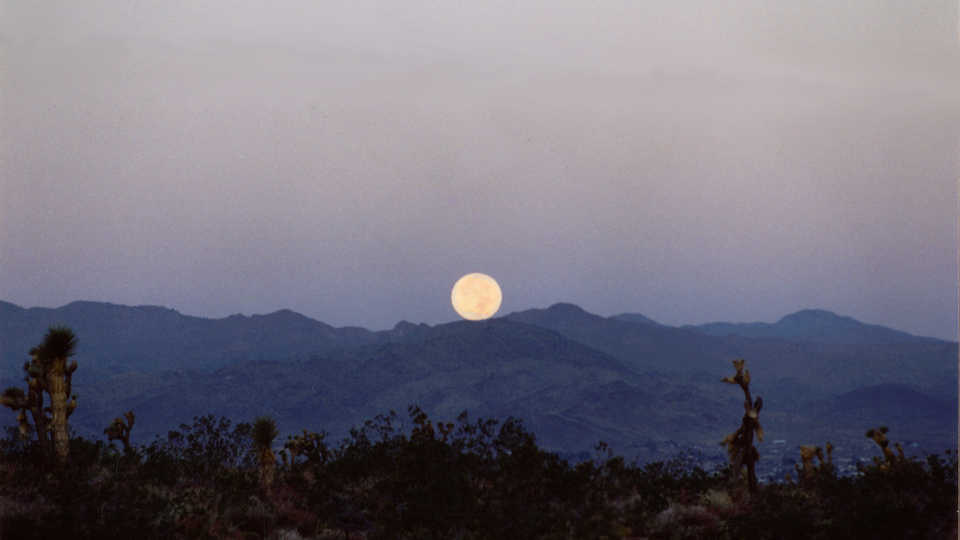Created by Morrison Planetarium staff, these go-to resources cover important events occurring in our Universe.
Universe Update
A Bit of Earth—on the Moon!

Recently, a Japanese spacecraft orbiting the Moon detected the presence of ionized oxygen. Not much of a headline, is it? But there was an interesting wrinkle—the oxygen was only detected during a small window of time each month during each orbit. Mission scientists uncovered that this window of time reflected the period that the spacecraft was traveling through the region of the Moon’s orbit when the Moon passes through the plasma sheet of particles being swept away from Earth. At first the particles of oxygen were thought to be native to the Moon, byproducts of solar interactions with the minimal atmosphere (technically an exosphere) of the Moon or potentially products of the solar wind itself. The spacecraft Kaguya was able to discern their energy levels, which were too low to originate from the Sun and too high to come from the surface of the Moon—so what’s left?
Earth.
Unsurprisingly, given their position and the relative abundance of oxygen in our atmosphere, a recent paper from the scientific team describes particles from Earth being swept from our atmosphere and flowing towards the Moon. These charged particles of Earth’s atmosphere have just enough electromagnetic “oomph” to drive themselves (according to the Stopping Range of Ions in Matter model) “a few tens of nanometers into the lunar surface.” Excited yet?
What this paper outlines is the simple fact that, for billions of years, the Moon has been orbiting Earth and, with each and every orbit, storing a monthly sample of Earth’s atmosphere. For billions of years! Disentangling that prodigious timeline would be a monumental task (one that the authors admit is beyond the scope of their findings), but the information is there. If we can decode it, we have the potential chance to understand how Earth’s atmosphere has changed over time dating back to the beginning of life. We know that the advent of life fundamentally altered Earth, but imagine having chemical insight into how and when Earth began to change! Big science can often be found in small and surprising places.
Image: Jessie Eastland

Share This
Each month, renowned astronomers share their latest research at Morrison Planetarium.
Mapping the Heavens, Priyamvada Natarajan, Yale University
Monday, March 6th at 7:30 pm